Description
1. Conceptualization:
- Define Objectives: Determine the purpose, target audience, and desired features of the virtual golf course.
- Sketch Ideas: Create rough sketches or layouts of the course, including the placement of holes, obstacles, and terrain features.
2. Design:
- Create Detailed Plans: Develop detailed plans and designs for each hole, including tee boxes, fairways, greens, bunkers, water hazards, and other features.
- Design Terrain: Define the topography and landscape of the course, including elevations, slopes, and ground textures.
- Select Themes: Choose a visual theme and aesthetic for the course, such as woodland, desert, coastal, etc.
3. 3D Modeling:
- Build 3D Models: Create 3D models of the course elements, including trees, buildings, and other structures.
- Texture Mapping: Apply textures to the 3D models to make them look realistic.
- Lighting and Shadows: Implement lighting effects and shadows to enhance realism.
4. Programming and Integration:
- Implement Physics: Program the physics of the game, including ball flight, wind effects, and interactions with course elements.
- Integrate Elements: Integrate the 3D models, textures, and physics into the golf simulation software.
- Optimize Performance: Optimize the course for smooth performance on the intended hardware.
5. Testing and Refinement:
- Playtest: Test the virtual golf course extensively to identify and fix any issues or bugs.
- Gather Feedback: Collect feedback from users to make necessary adjustments and improvements.
- Refine Details: Refine the details of the course, including visuals, gameplay, and user experience.
6. Release:
- Launch: Release the virtual golf course to the public or intended users.
- Update: Regularly update the course to fix any emerging issues and to add new features or improvements.
7. Marketing (if applicable):
- Promote: If the virtual golf course is for commercial use, promote it through various marketing channels to attract users.
- Collaborate: Work with golf simulation platforms or other partners to increase the visibility and accessibility of the course.
Tools and Software:
Various software tools and platforms are available for designing virtual golf courses, including 3D modeling software like Blender or Autodesk Maya, game development platforms like Unity or Unreal Engine, and specialized golf course design software.
Details
Virtual Golf Course Design Services
Essentials Level
Our Essentials level of Custom Course Design creates a GSPro playable golf course. Included in this level is:
- Up to 18 holes
- Up to 7 tee boxes
- Scorecards with tee distances
- Generic clubhouse
- Out-of-bounds mapping
- Water hazards
- Splining layout with levels of “rough”
- Elevation
- Generic placement of accessories including:
- Benches
- Ball Washers
- Trash Cans
- Out buildings
- One revision
- Guaranteed lifetime compatibility with all future versions of GSPro
⬆️ If you’re considering other virtual golf simulator course designers, make sure to ask about this. The last thing you want is to invest in your own course, only to have it unplayable when a new version comes out.
Classic Level
Our Classic level of Custom Course Design includes everything in the Essentials level, PLUS:
- Up to 18 holes
- Driving range
- Practice areas
- Custom pins (4 per game)
- Upgraded custom replica clubhouse
- “As it lies” hazard areas
- Additional details including:
- Customized accessories (signs, benches, light posts)
- Curbs on cart paths
- Custom flags
- Custom tee markers
- Specially gardened areas
- Custom rock walls and bulkhead areas
- Up to 3 revisions
Executive Level (Coming Soon!)
Our Executive level helps build you a virtual course with every detail taken of. The Carl’s Place white glove service where we’ll get the images and details needed to create your course. Coming Soon!
How It Works
Step 1: Request Your Course
Step 2: Purchase and Prepare
Step 3: Receive Your Creation
Considerations:
- User Experience: Focus on creating an enjoyable and user-friendly experience.
- Realism vs. Fantasy: Decide whether to aim for realistic designs based on real-world courses or create fantasy courses with unique and imaginative elements.
- Accessibility: Consider the hardware requirements and ensure that the course is accessible to the intended user base.
Would you like more specific information on any of the steps, tools, or considerations involved in virtual golf course design, or do you have a specific project in mind that you would like advice on?


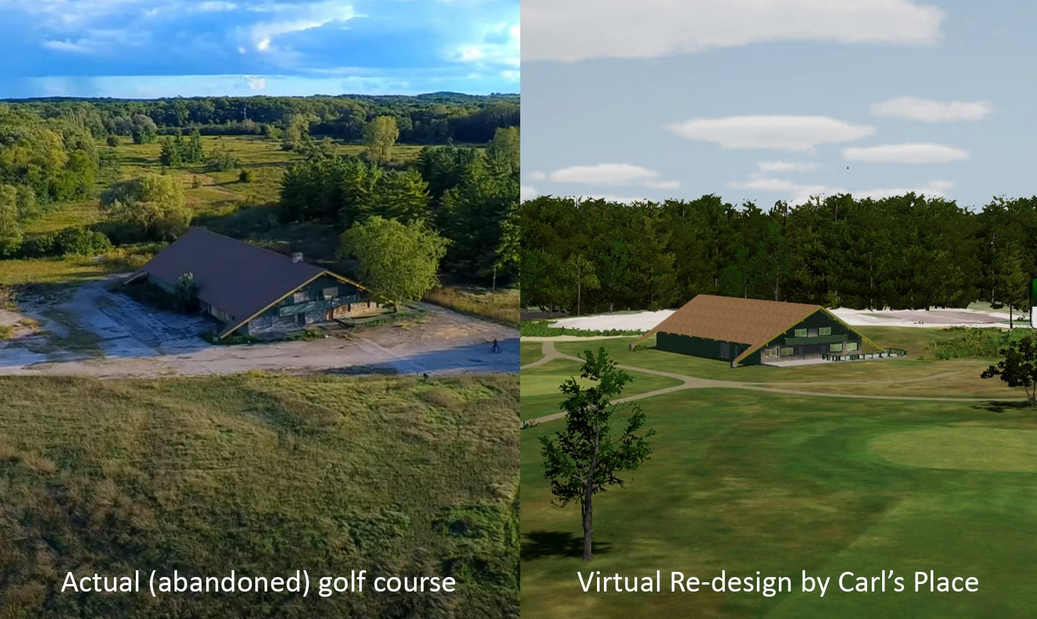


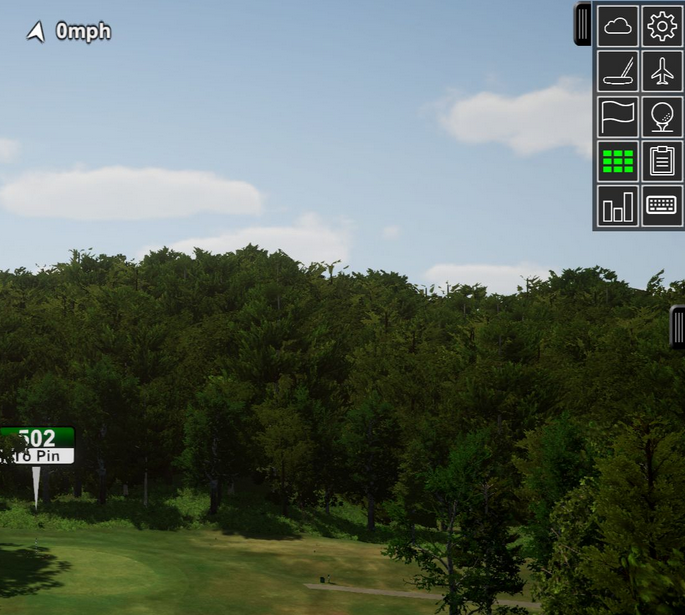
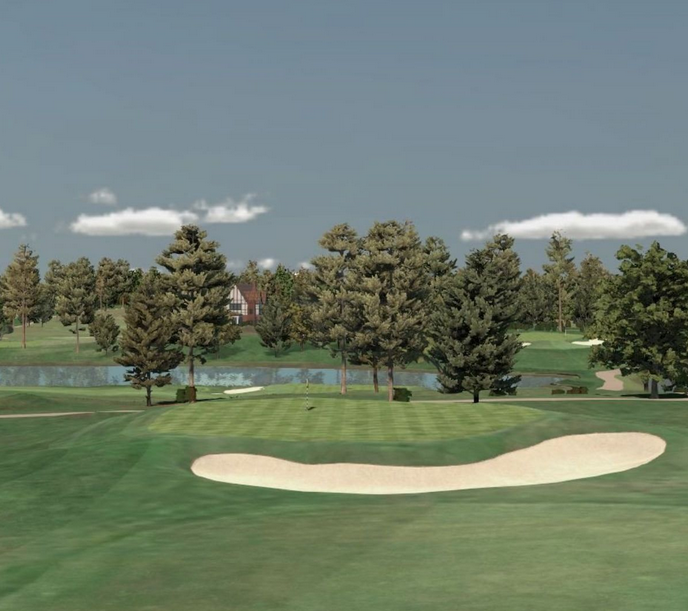
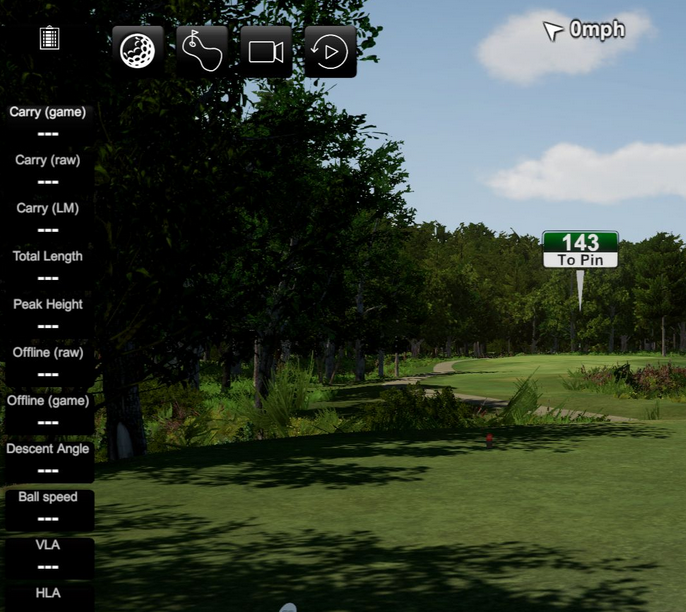
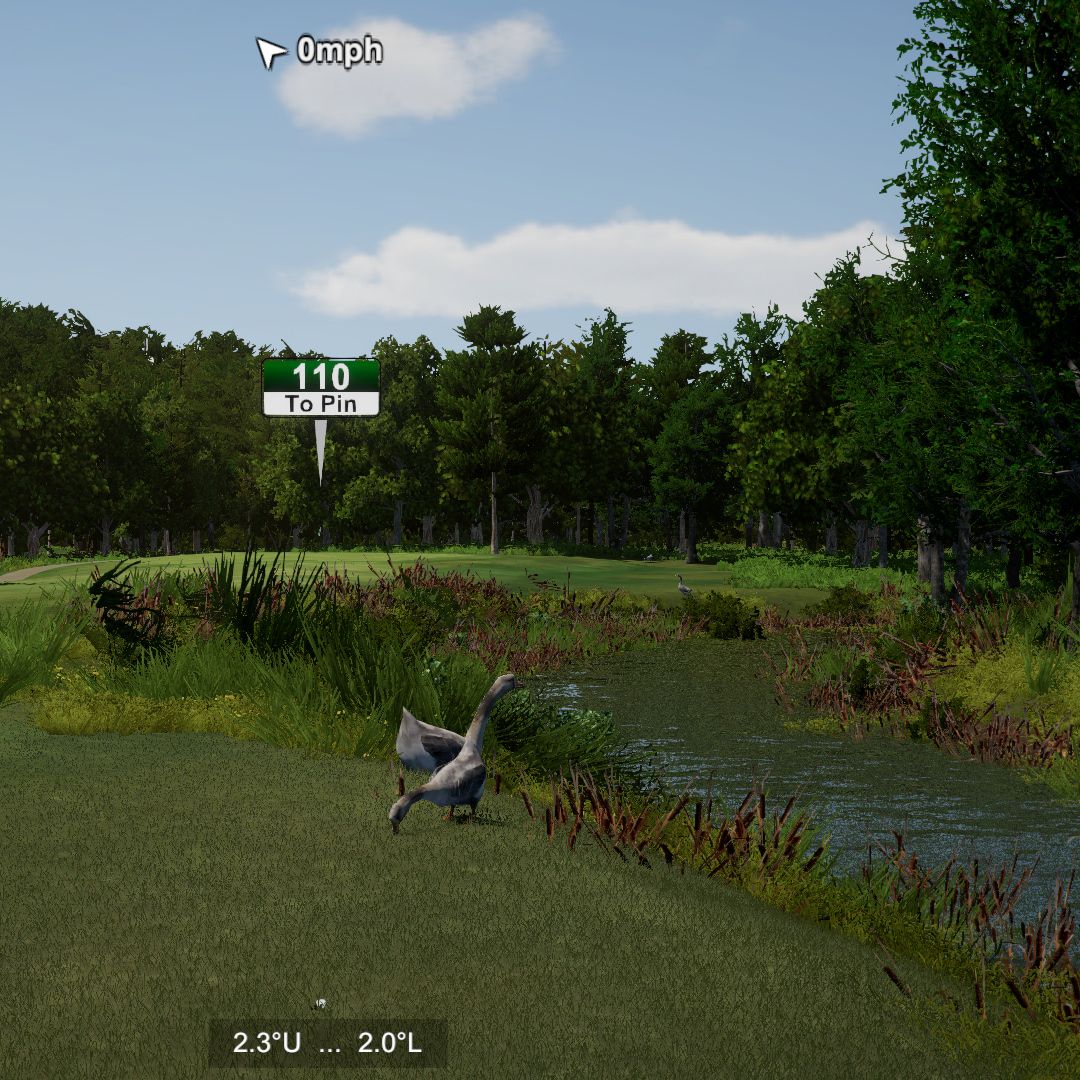
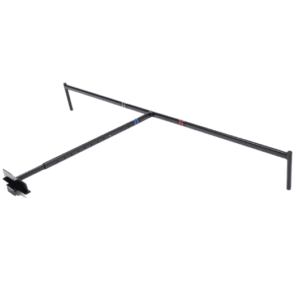


Darryl –
I recently had the opportunity to explore the world of virtual golf course design, and I must say, I was thoroughly impressed by the level of detail and realism that can be achieved through this process. Designing a virtual golf course involves creating a digital representation of a golf course, complete with terrain, obstacles, weather conditions, and other elements found in a real-world golf course.
Jamie –
The process begins with mapping out the layout of the course, taking into consideration factors such as elevation changes, water hazards, bunkers, and green sizes. This attention to detail ensures that the virtual course closely mirrors the challenges and nuances of a real-life golf course.
Neil –
One of the most exciting aspects of virtual golf course design is the ability to customize the course to suit your preferences. Whether you want to create a challenging championship course or a more relaxed resort-style layout, the possibilities are endless. Additionally, virtual golf course design allows for experimentation with unique features and design elements that may not be feasible in a traditional golf course setting.
Jessie –
Overall, I found the experience of designing a virtual golf course to be both engaging and rewarding. The level of realism and immersion offered by virtual golf simulation software is truly impressive, making it a valuable tool for golf enthusiasts looking to improve their game or simply enjoy a realistic golfing experience from the comfort of their own home. I highly recommend exploring the world of virtual golf course design for anyone interested in golf or design technology.